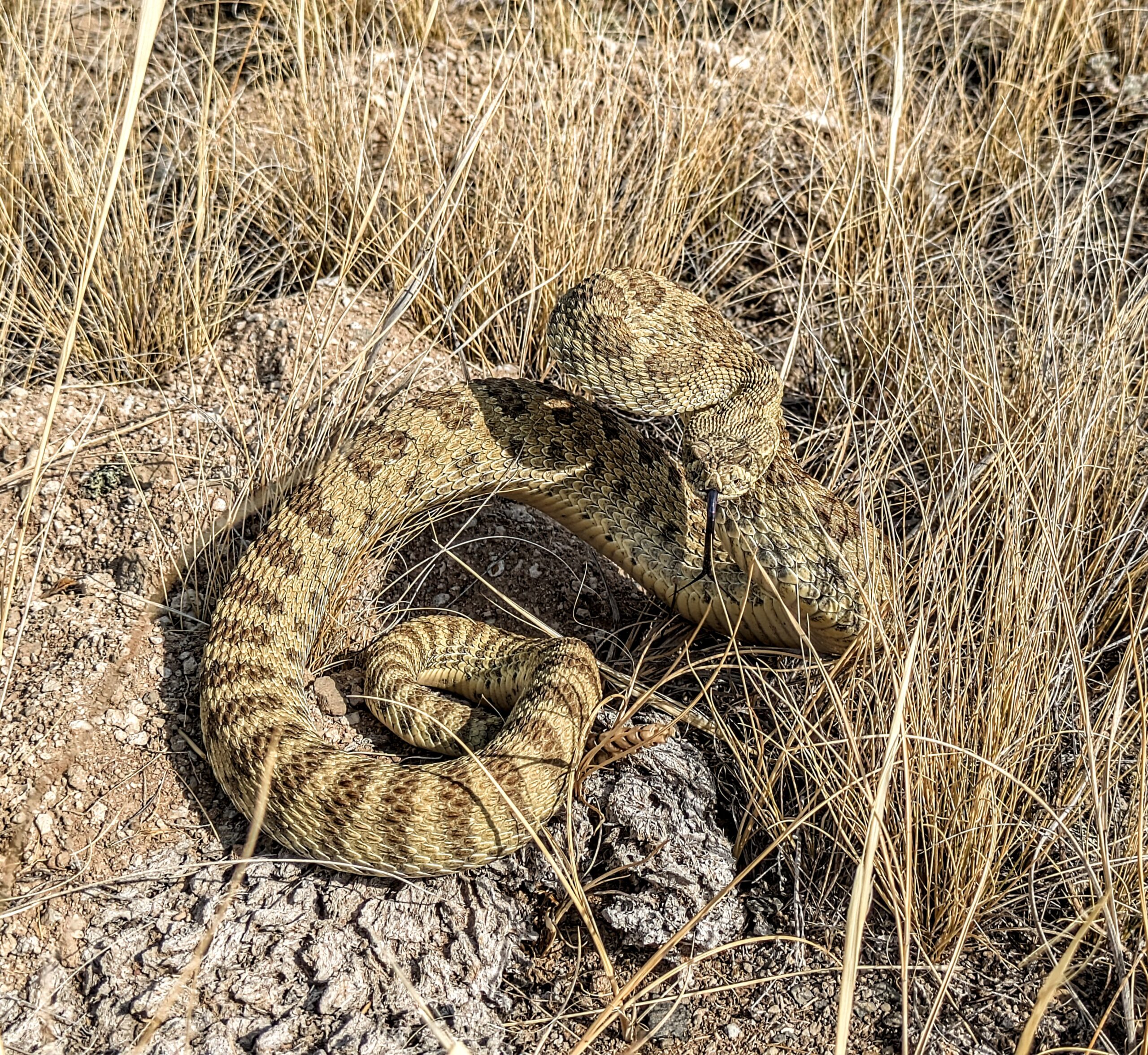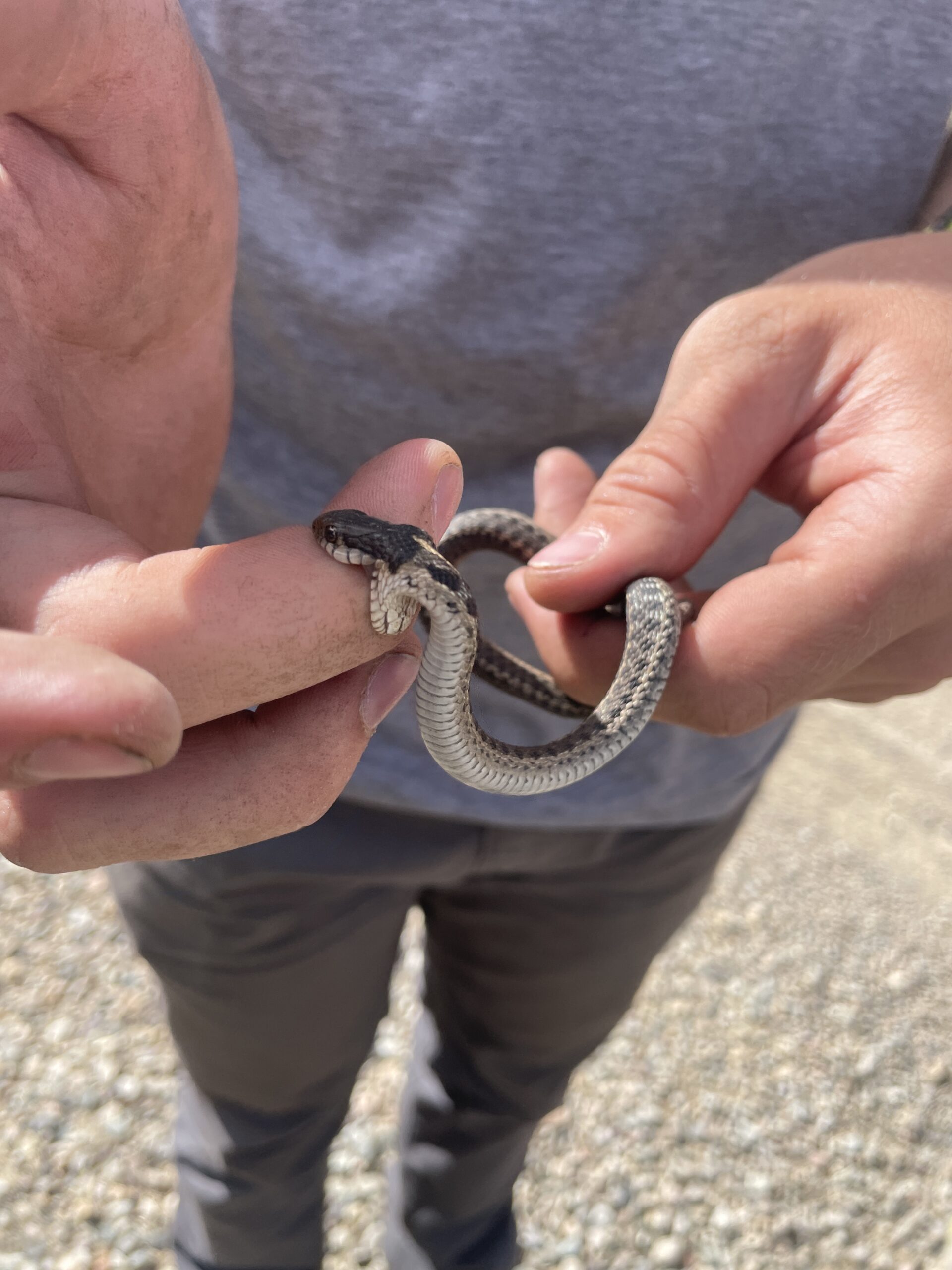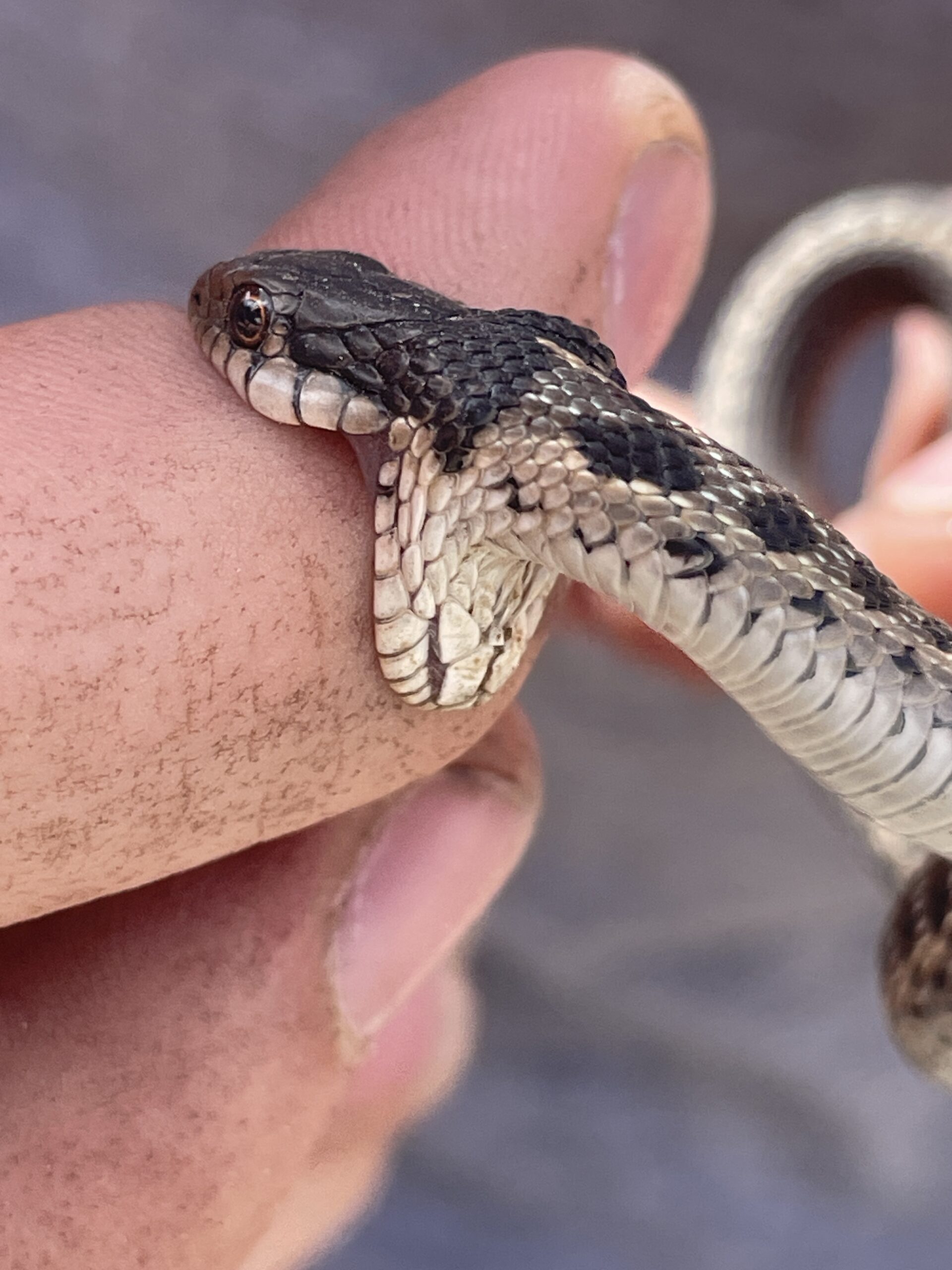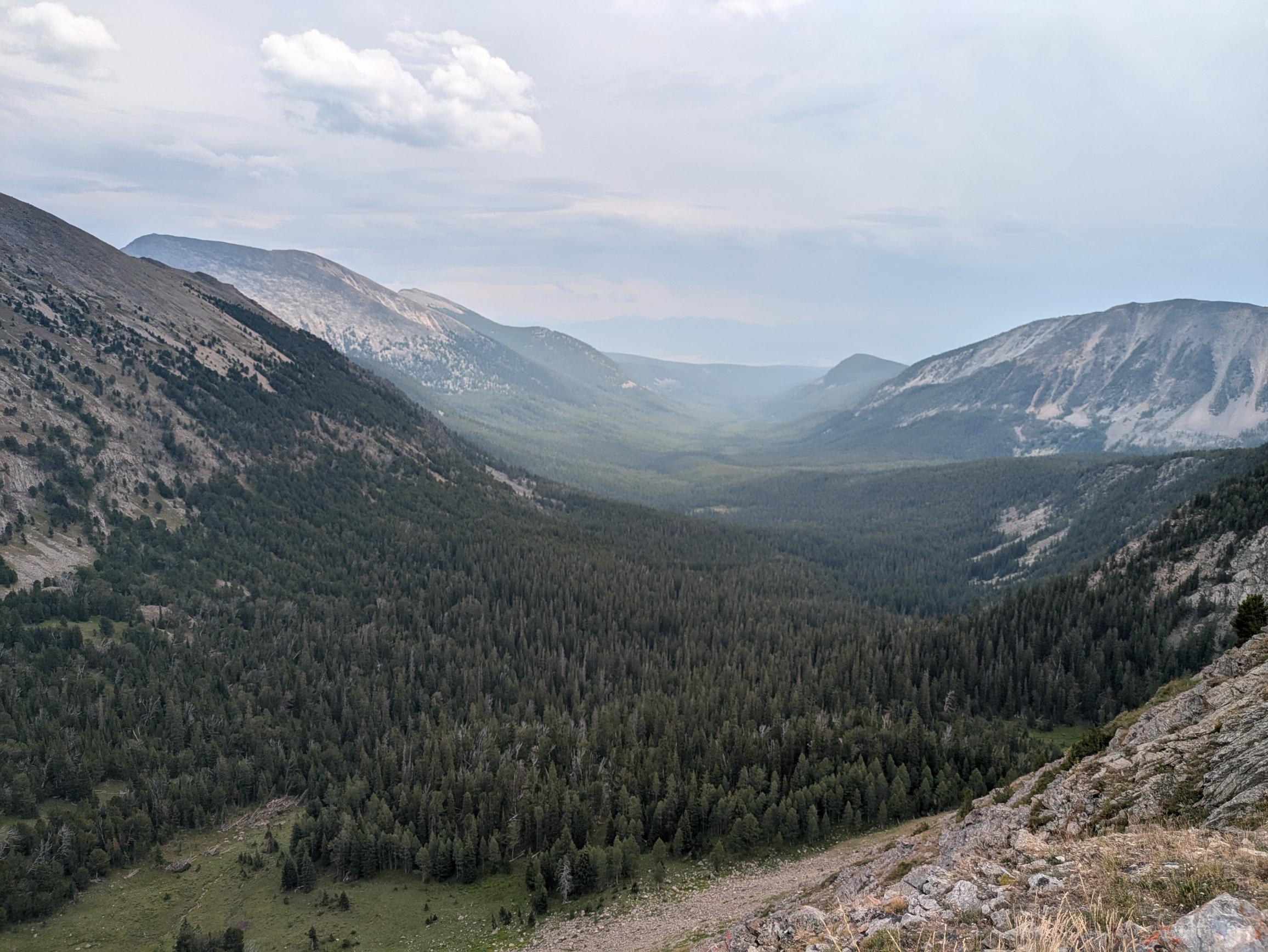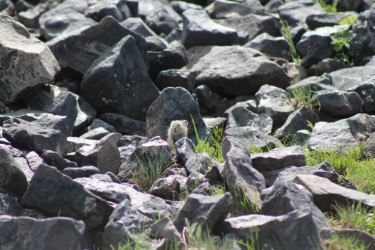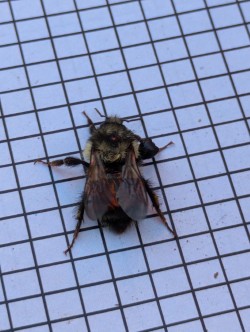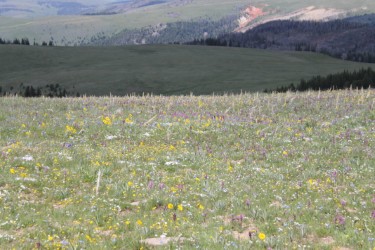October has flown by as we come to the end of a fantastic field season. Looking back on the past few months makes this moment bittersweet.
Most of the projects that we have been working on have concluded for the field season, leaving the seed collection of a few straggler species left to end out the month. From here, there are just a few reports to finish writing and the field season will be complete!
My concluding thoughts on this field season are that I learned a lot about the Beaverhead-Deerlodge National Forest. Seed collection was a huge part of the job, but I was also given the opportunity to explore many different aspects of the forest. Among my favorite were the revegetation projects, Whitebark Pine and rare plant surveys, and the Lynx surveys. If nothing else, this field season has given me the opportunity to experience some amazing things…views, wildlife, plants, and people. As much as I loathe saying it, I’m going to miss my crew (I am not a people person, haha). The forest botanist Jessie Salix, and my crew leader Riley Crissman, as well as my CLM partner, Mikhaela Ferguson, have all had huge impacts on my life. Although Jessica Pessina and Alex Martin were not a part of the crew for the entire season, they greatly added to the fun and interesting group dynamic. I’m honestly grateful for them and the experience this season has provided me.
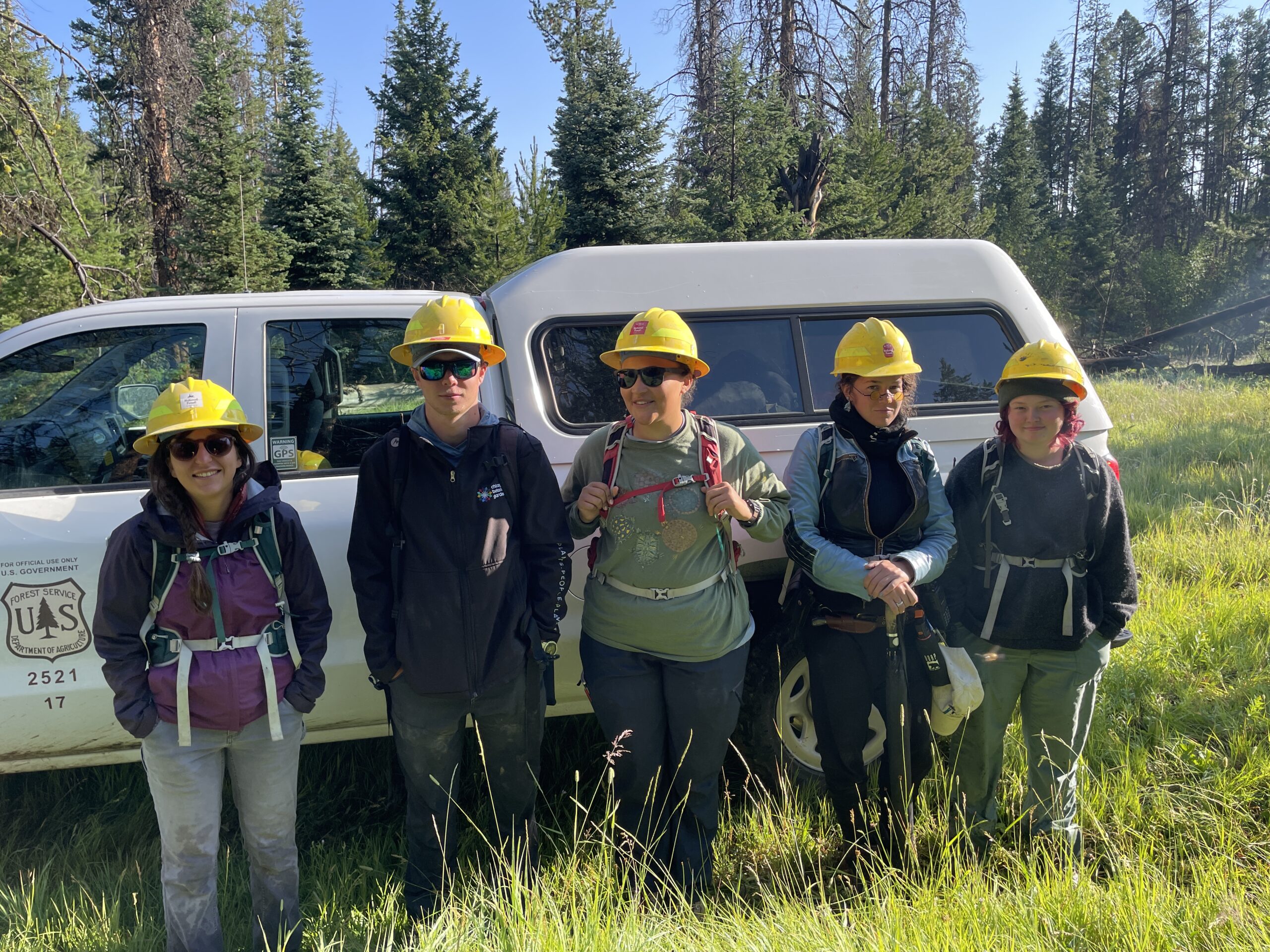
As always, a few of my favorite wildlife sightings have included some snakes, a porcupine, and a cow moose and her calf that sadly evaded my camera.
